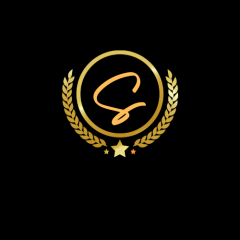Bracing and Supportive Devices for Back Pain

Bracing and supportive devices can be valuable tools in managing back pain by providing stability, reducing strain on the spine, and promoting proper alignment. These devices are often recommended for various conditions, including injuries, post-surgical recovery, and chronic back issues. Here are some common types of bracing and supportive devices for back pain:
- Back Belts or Lumbar Supports:
- Back belts, also known as lumbar supports or braces, are wearable devices designed to provide support to the lower back. They are often used to help reduce the strain on the lumbar spine during activities that may exacerbate low back pain, such as heavy lifting. These belts come in various designs, including elastic or rigid supports, and are typically worn around the lower back.
- Posture Braces:
- Posture braces are designed to help maintain proper spinal alignment and encourage good posture. They can be worn around the shoulders or upper back to prevent slouching and promote an upright posture. Improving posture can reduce strain on the spine and alleviate back pain associated with poor alignment.
- Sacral Belts:
- Sacral belts are specialized belts that focus on providing support to the sacrum, the triangular bone at the base of the spine. These belts are commonly used for conditions such as sacroiliac joint dysfunction or instability, helping stabilize the joint and reduce pain.
- Corsets and Binders:
- Corsets and binders are more comprehensive supportive garments that wrap around the torso to provide stability to the entire back. They are often used post-surgery or for conditions requiring extensive support. These devices can help limit movement and promote healing.
- Orthopedic Seat Cushions:
- For individuals with lower back pain exacerbated by prolonged sitting, orthopedic seat cushions can provide support and relieve pressure on the spine. These cushions are designed to promote proper posture and reduce strain on the lower back.
- Cervical Collars:
- Cervical collars, also known as neck braces, are used to support and immobilize the neck. While they primarily focus on the cervical spine, they can indirectly influence upper back and shoulder posture, which may contribute to overall back pain relief.
- Insoles or Orthotic Inserts:
- Foot-related issues can impact back pain. Insoles or orthotic inserts can provide support for the feet, helping to improve overall body alignment and alleviate stress on the lower back. They are particularly relevant for individuals with conditions like flat feet or overpronation.
- Braces for Specific Conditions:
- Depending on the underlying condition, specialized braces may be recommended. For example, individuals with scoliosis may use scoliosis braces to help correct spinal curvature, while those with herniated discs might benefit from a herniated disc brace designed to limit movement and reduce pressure on the affected disc.
It’s essential to note that while these devices can be beneficial for certain individuals and conditions, their use should be guided by healthcare professionals. Improper use or reliance on supportive devices without addressing the underlying causes of back pain may not lead to optimal outcomes. Consulting with a healthcare provider or a specialist is crucial to determine the most appropriate type of support and to ensure proper fitting and usage.






